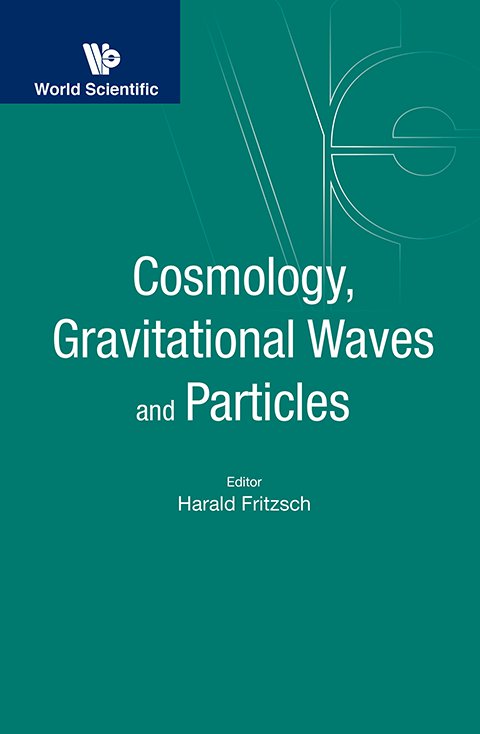The Matter-antimatter Asymmetry Problem
The matter-antimatter asymmetry problem, corresponding to the virtual nonexistence of antimatter in the universe, is one of the greatest mysteries of cosmology. According to the prevailing cosmological model, the universe was created in the so-called ‘Big Bang’ from pure energy and it is generally considered that the Big Bang and its aftermath produced equal numbers of particles and antiparticles, although the universe today appears to consist almost entirely of matter rather than antimatter. This constitutes the matter-antimatter asymmetry problem: where have all the antiparticles gone? Within the framework of the Generation Model (GM) of particle physics, it is demonstrated that the asymmetry problem may be understood in terms of the composite leptons and quarks of the GM. It is concluded that there is essentially no matter-antimatter asymmetry in the present universe and that the observed hydrogen-antihydrogen asymmetry may be understood in terms of statistical fluctuations associated with the complex many-body processes involved in the formation of either a hydrogen atom or an antihydrogen atom.



